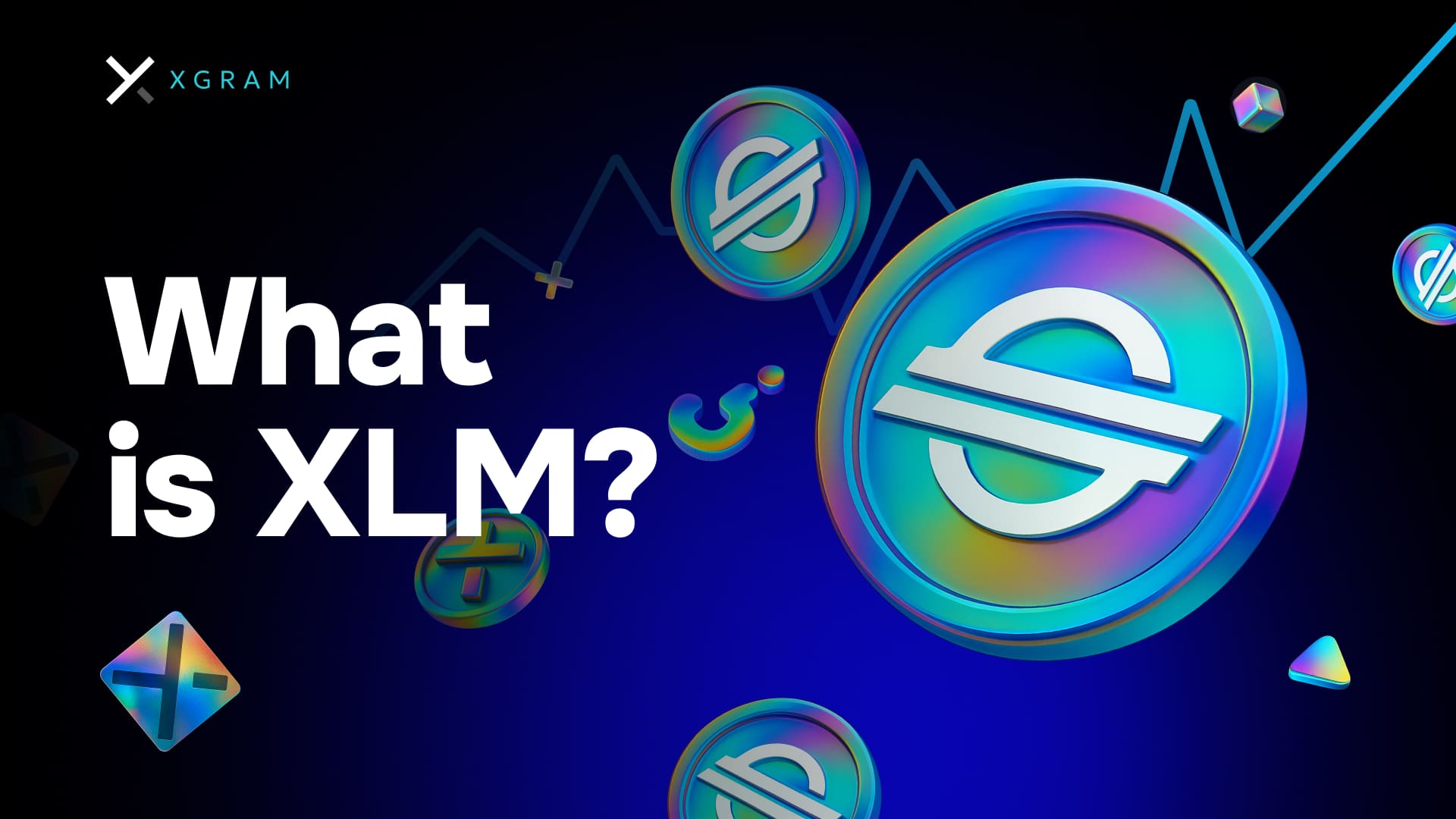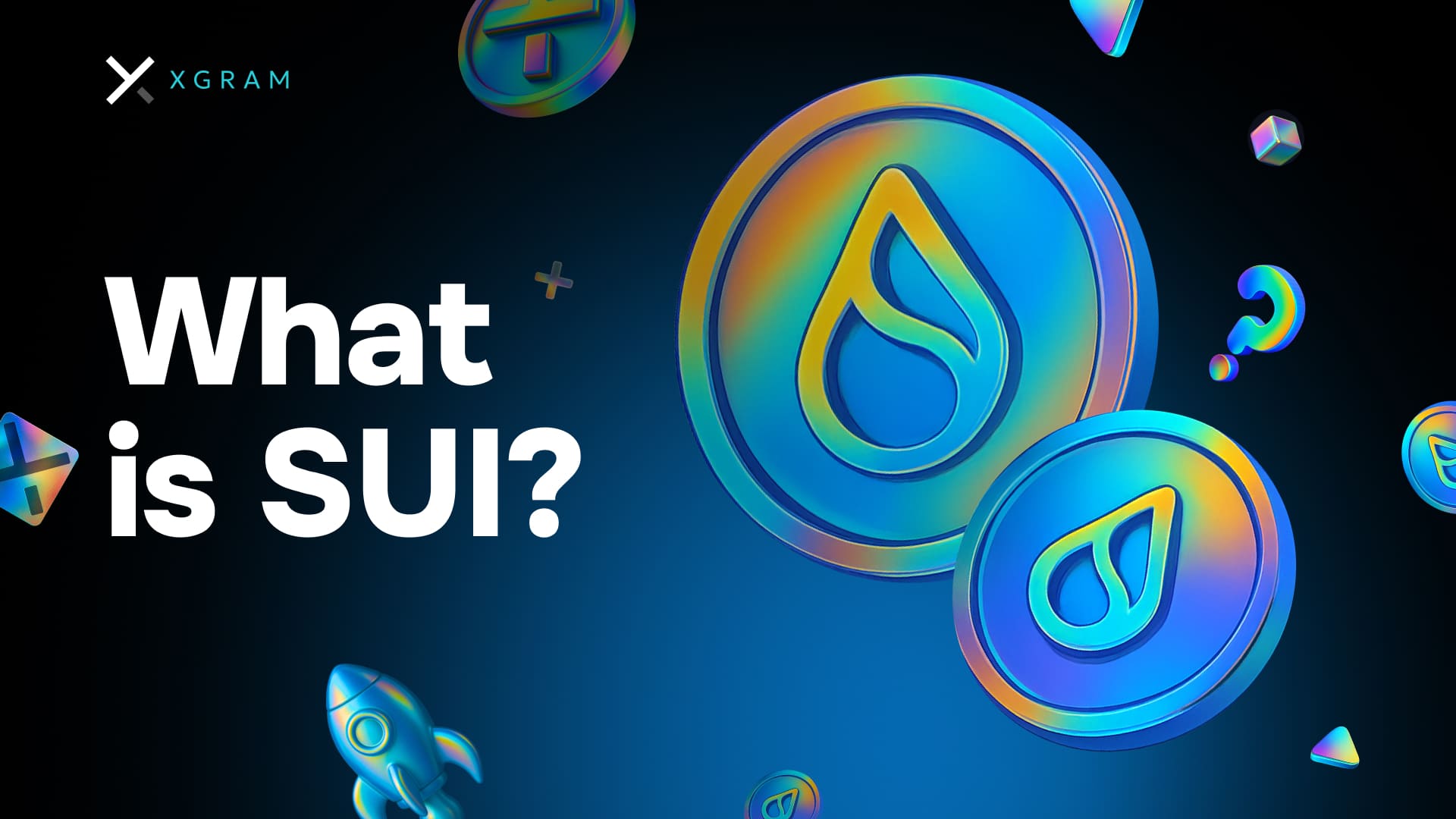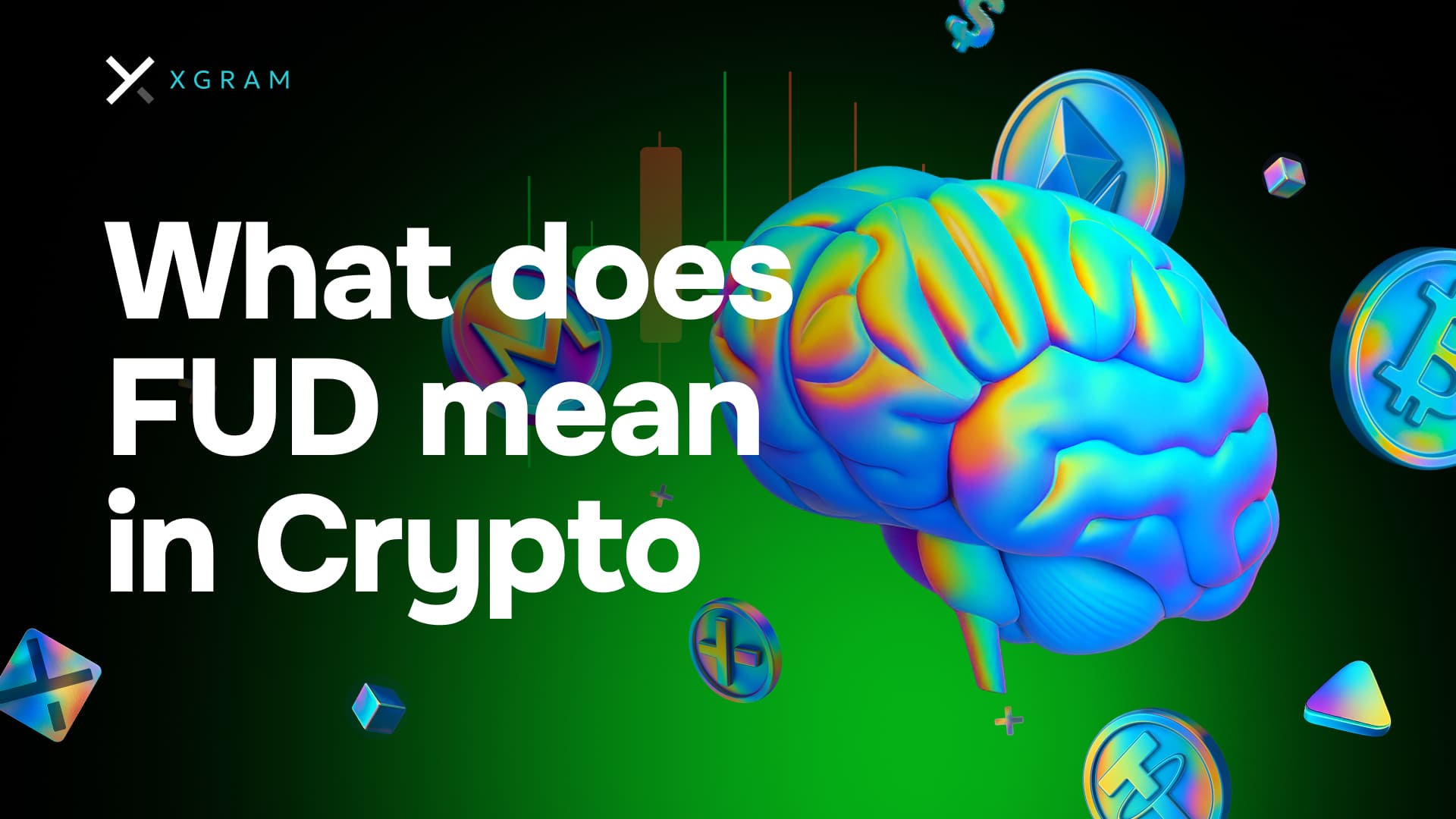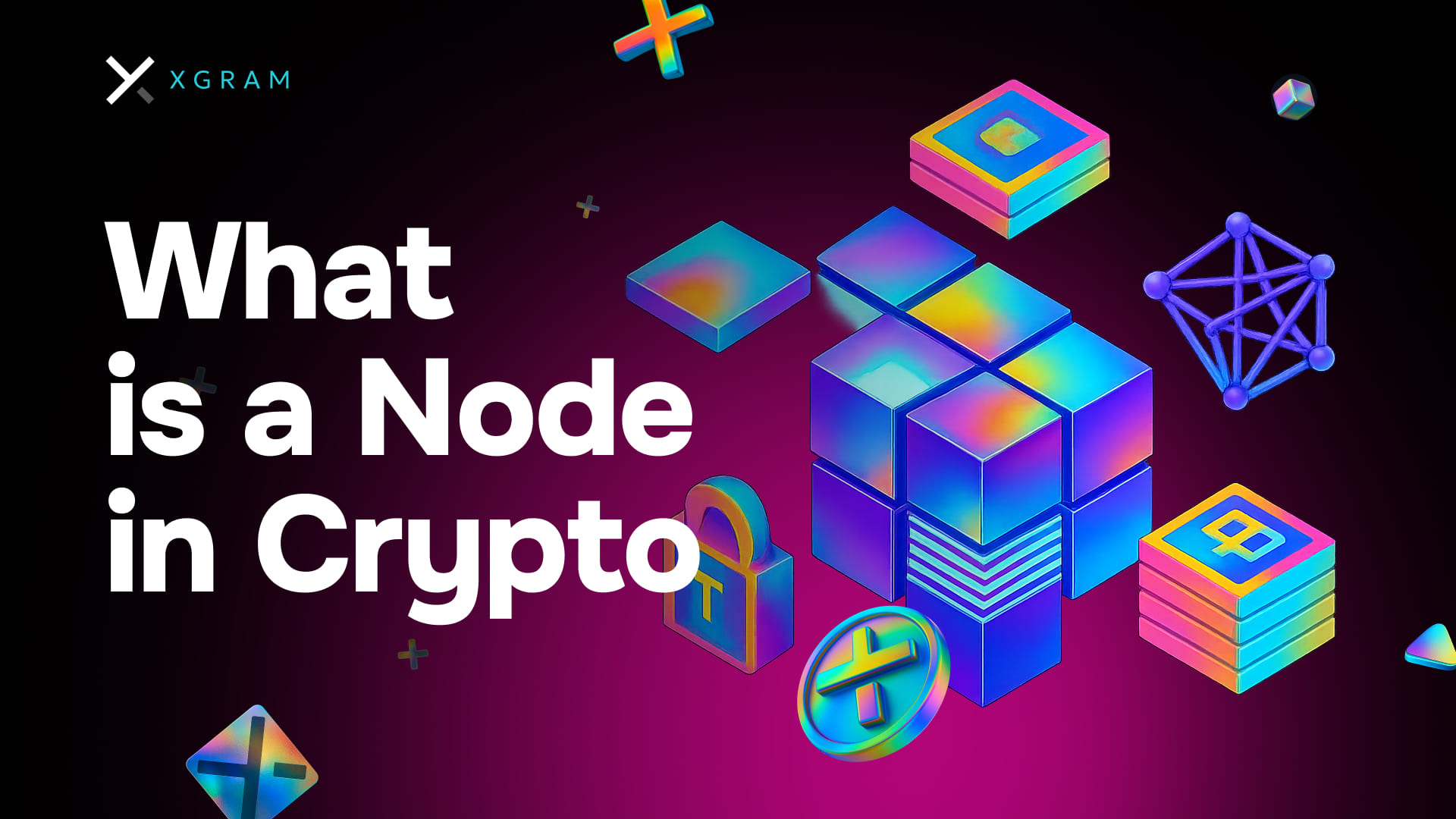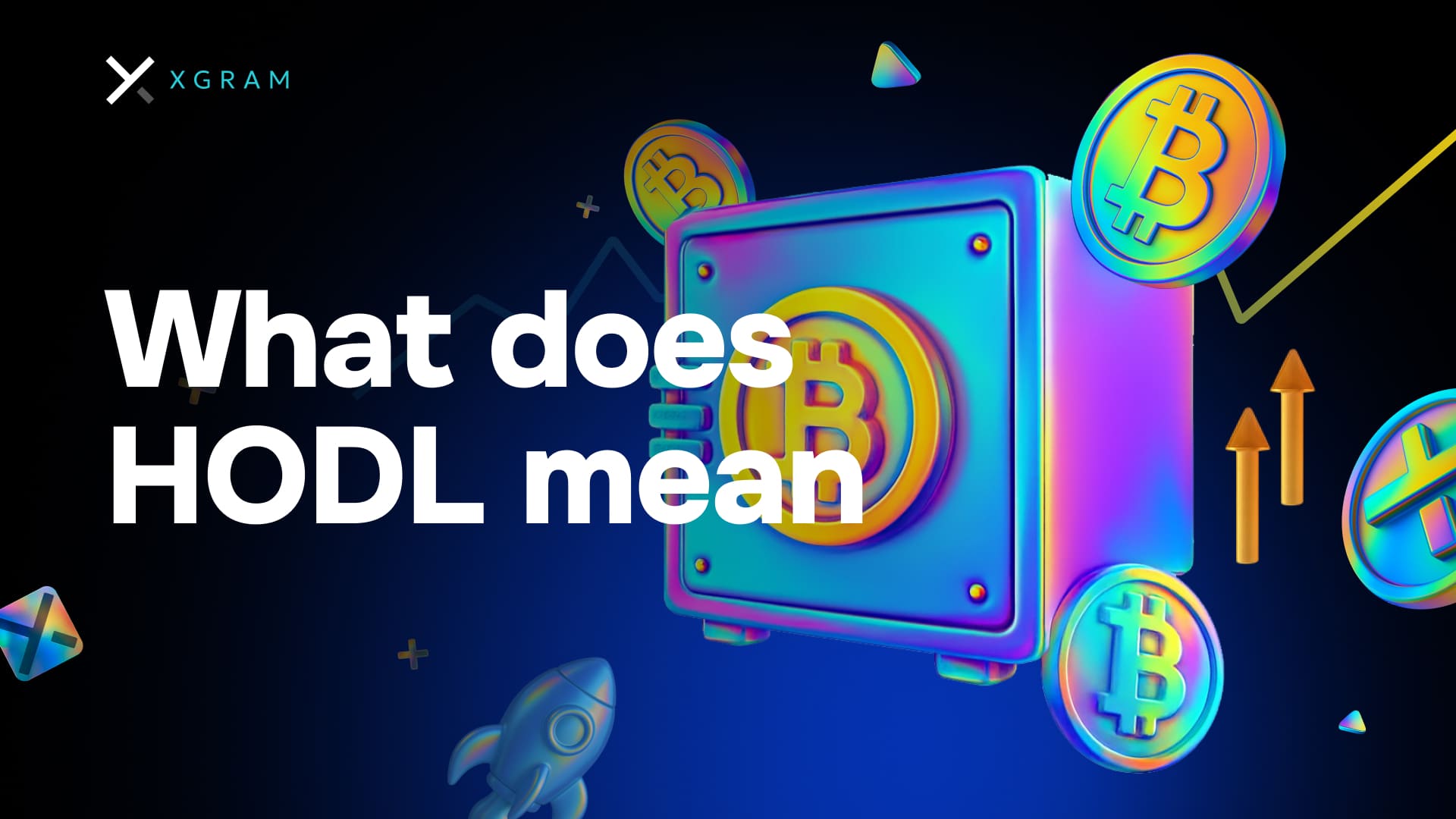TL;DR (Short Version):
- XLM is the built-in token used on the Stellar network.
- Stellar’s focus is on quick, low-cost cross-border payments.
- You can buy and store XLM in various digital wallets and exchanges.
- The project emphasizes financial inclusion, aiming to bring banking tools to underserved communities.
This article explores why XLM has generated so much interest among beginners and experienced traders alike. You will discover its key value propositions, real-world applications, and how to acquire and store XLM securely. By the end, you will feel more confident about whether this cryptocurrency deserves a spot in your digital portfolio.
Why Stellar matters
Many people initially compare Stellar to other major cryptocurrency projects. The critical difference is Stellar’s early focus on bridging the gap between legacy banking and modern decentralized systems. Its founders envisioned a platform that would streamline global payments, much like sending an email, only with money. XLM tokens, meanwhile, are used to pay transaction fees and keep the network from spam. This fee structure is designed to remain very low, giving everyone a fair shot at leveraging the platform.
Explore Stellar’s design
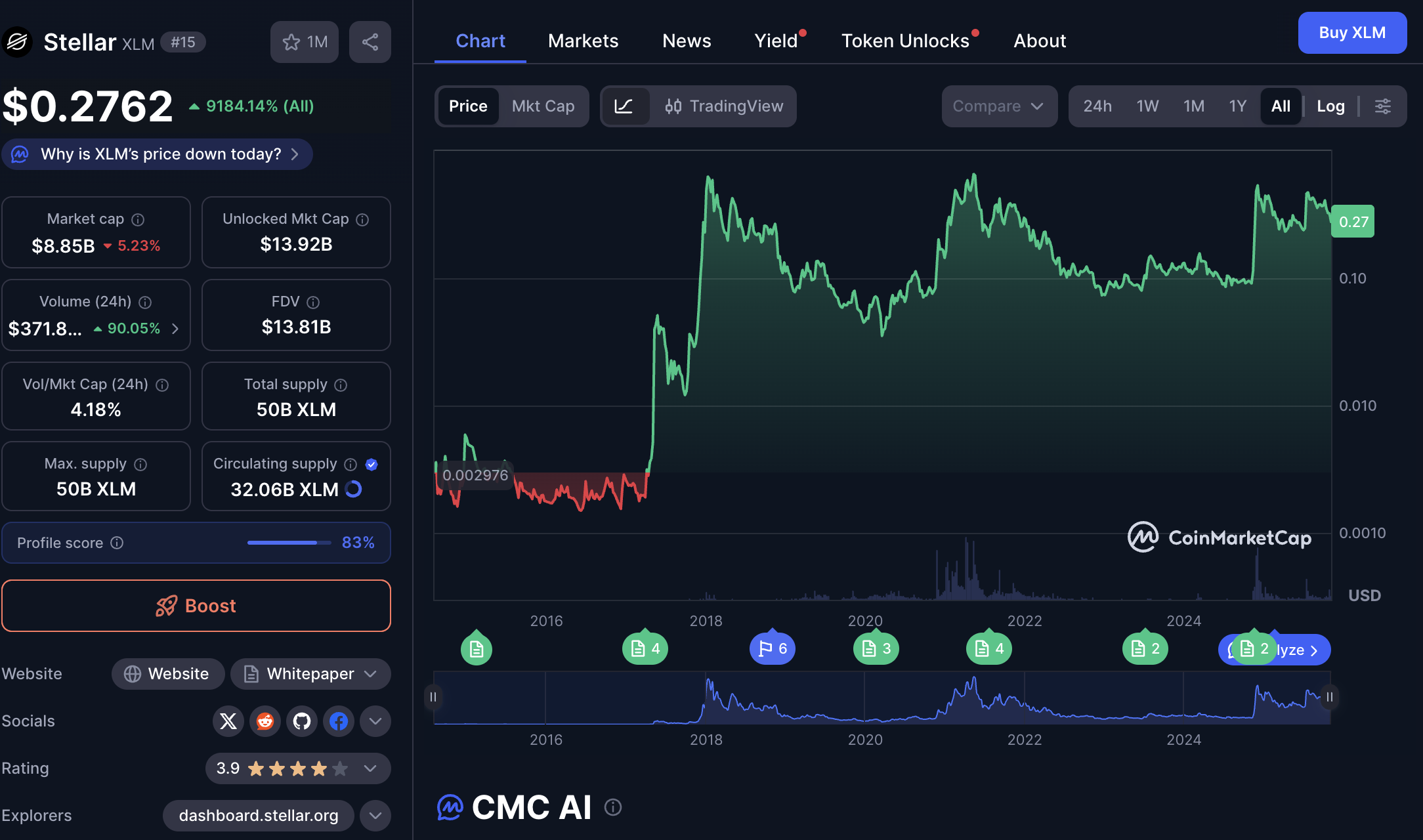
Stellar relies on a consensus mechanism called the Stellar Consensus Protocol. It allows independent nodes around the world to validate transactions securely, without consuming massive energy, as is common with proof-of-work projects. This streamlined approach enables faster transaction settlements. A typical transaction may complete in seconds, with only a fraction of a cent as the fee.
Origin and evolution
The Stellar project launched in 2014, co-founded by Jed McCaleb, who also helped found Ripple. Initially, the network saw itself as a nonprofit aiming to extend financial services to emerging markets. Over the years, numerous partnerships followed, including collaboration with major tech and financial organizations. These relationships deepened Stellar’s presence worldwide. While other cryptocurrencies also aim to enhance cross-border payments, Stellar’s mission remains sharply focused on accessibility, interoperability, and affordability.
How consensus works
Unlike proof-of-work networks that require significant computing power, Stellar’s consensus model uses “federated voting.” Think of the network as a web of trust. Participants (or nodes) select which other nodes they trust, forming small groups. Each group has to reciprocally agree on transactions, creating a reliable, decentralized ledger without requiring every node on the network to authenticate every transaction. This leads to lower energy consumption and greater speed compared to older blockchain designs.
Use XLM in real life
You may be wondering if XLM is purely speculative or if it has practical utility. While all cryptocurrencies carry some level of speculation, XLM stands out for its immediate use cases. Here are a few ways you might benefit from holding or using XLM:
Cross-border payments
With Stellar, you can transfer funds across countries at a fraction of the cost and time normally charged by banks. This becomes especially helpful for remittances or international commerce. Instead of waiting for days and paying hefty wire fees, you can often send value in seconds.Micropayments
The low fees and quick settlements make microtransactions feasible. You could send a few cents or small tips across the planet without the charges typically associated with legacy payment platforms. This could enable new payment models for content creators or online service providers.Token issuance
Stellar supports the creation of digital tokens. These can represent various assets, from stablecoins to loyalty points. If you are starting a small business, you might issue your own token for customer rewards on the Stellar network. XLM serves as the underlying fee token to settle these transactions.Integration with existing apps
Developers appreciate how easily Stellar integrates into web or mobile apps. Companies can tap into Stellar’s payment rails to offer near-instant transfers and currency conversions. As such, many startups have built services on top of Stellar, either to process transactions or to handle cross-border trades.Philanthropy and aid distribution
Several organizations use Stellar to distribute aid or charitable contributions more transparently. For instance, a local nonprofit can send funds to people in need without losing significant amounts to intermediary fees. XLM ensures that recipients get nearly the full amount, which is particularly impactful in underserved communities.
Acquire and store XLM
Once you have decided you want to explore XLM, you will need to figure out where to buy it and how to store it safely. The good news is that Lumen tokens are widely accessible on multiple platforms, including well-known centralized exchanges, decentralized exchanges, and even specialized fintech apps.
Buying options
- Centralized exchanges: These are platforms you may already recognize. They typically have easy onboarding processes, allowing you to deposit fiat currency, like USD, and convert it directly into XLM.
- Decentralized exchanges (DEXs): If you prefer greater autonomy, certain decentralized platforms let you trade crypto assets without a single intermediary.
- Broker-style apps: Some mobile apps allow you to buy XLM with just a few taps. These can have higher fees, but they offer convenience.
Consider using Xgram
An emerging exchange worth exploring is Xgram, which claims to handle cross-chain trades with lower fees. xgram focuses on bridging different blockchain networks, letting you swap various assets in a simple interface. It supports XLM, giving you a direct path to trade with minimal overhead.
Another advantage is that Xgram’s user interface aims for clarity, so you do not have to wrestle with complicated commands. Additionally, Xgram offers quick transaction times, reducing the waiting period typically associated with cross-chain swaps.
Storing your investment
When it comes to security, your wallet choice matters as much as your exchange. You generally have two main types of wallets:
Hot wallets: These are software-based and remain online whenever you access the internet. They are typically more user-friendly. However, they can be vulnerable if your device or login credentials are compromised.
Cold wallets: Sometimes known as hardware wallets or paper wallets, cold options store your XLM without a network connection. They offer top-tier security by keeping private keys offline. However, they can be less convenient whenever you want to send or trade.
No matter which wallet you pick, remember to back up your private keys or recovery phrase. If you lose these details, you could permanently lose access to your XLM.
Consider XLM’s future
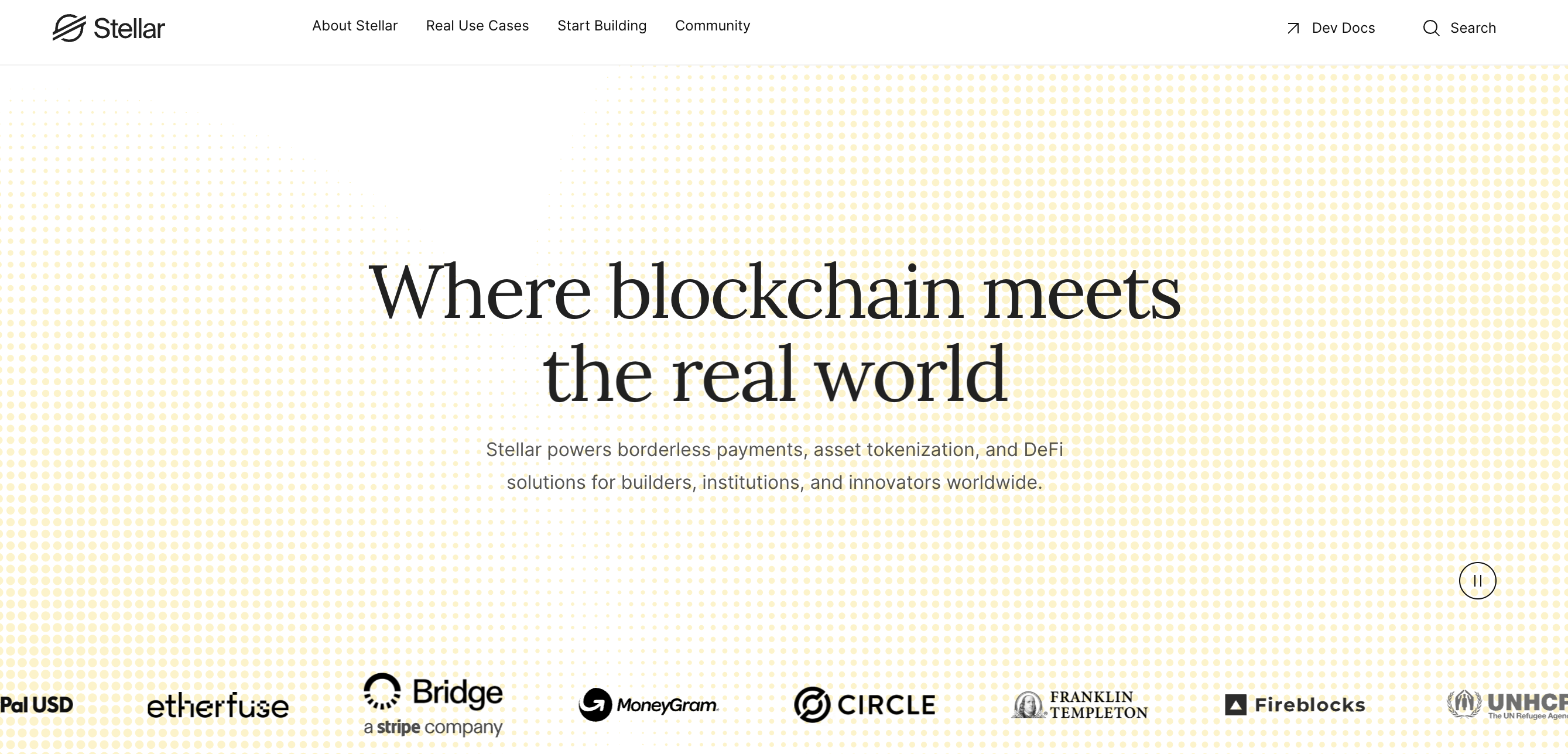
As the cryptocurrency market blossomed over the past few years, many digital coins struggled to differentiate themselves. Stellar, however, has continued to emphasize real-world utility. From forging relationships with remittance companies to partnering with financial institutions, Stellar is not strictly limited to retail investor enthusiasm. This long-term vision helps explain why XLM remains in many top cryptocurrency rankings by market cap.
Growing ecosystem
The Stellar Development Foundation, which is responsible for nurturing Stellar’s growth, actively supports projects that build on its network. Grants, technical assistance, and strategic guidance are often provided to worthy teams. This fosters a diverse ecosystem of apps, wallets, toolkits, and tokens. You might see the possibility of stablecoins, tokenized commodities, and other solutions that leverage Stellar’s cross-border settlement strengths.
Mainstream adoption
Achieving mainstream adoption has always been the holy grail for crypto projects. Stellar’s partnerships with large financial organizations could move the needle. By collaborating on common goals, regulators and established financial institutions may start viewing XLM as a reliable liquidity tool. If more businesses adopt Stellar for everyday payments, the demand for XLM could climb in tandem.
Built to adapt
The Stellar network is designed to be flexible, allowing it to keep pace with ongoing developments in the blockchain space. The protocol’s low transaction costs and shorter settlement times may appeal to developers who need a stable, low-latency foundation for building next-generation financial apps. Because the technology is open source, the community can propose improvements and contribute code, helping Stellar adapt over time.
FAQs about XLM
Below are five common questions that beginners often have about what XLM is, how it works, and whether it fits their crypto goals.
Is XLM the same as Lumens?
Yes. XLM is simply the trading ticker for Lumens, the native cryptocurrency of the Stellar network. Many people use “XLM” and “Lumens” interchangeably.Is Stellar a fork of another blockchain?
No. While Jed McCaleb worked on Ripple before starting Stellar, Stellar’s codebase differs in important ways, especially around consensus. Over time, Stellar has evolved its own unique protocol.Do I need XLM to use Stellar?
Generally, yes. A small amount of XLM is required to pay transaction fees and maintain minimum account balances. These fees remain extremely low in most cases.Can I stake XLM?
Stellar does not employ a proof-of-stake system, so you cannot stake XLM for rewards in the same manner as other blockchains. Instead, Stellar uses its own consensus protocol to validate transactions without traditional staking.Where can I learn more about blockchain basics?
If you are new to digital assets, you can find general overviews from reliable crypto education websites, official Stellar documentation, and community forums. These resources walk you through everything from setting up wallets to understanding how decentralized networks function.
Final thoughts
Understanding “what is XLM?” can feel overwhelming if you are just starting your crypto journey. Yet, once you break it down, you see that this token is closely tied to a mission of fast, affordable global payments. From tapping into remittance savings to exploring decentralized financial tools, you have plenty of avenues to explore with XLM. Thanks to wallets, exchanges, and cross-chain platforms like xgram, accessing XLM has never been easier.
Now that you grasp the foundational aspects of XLM, you can decide how it fits into your broader investment or technology goals. Perhaps you wish to hold a small stash as part of a diversified crypto portfolio, or maybe you see a real use case for sending payments to family abroad. Either way, XLM’s mix of low fees, rapid transaction times, and inclusive philosophy could make it a key player in tomorrow’s digital economy. You have the information you need, so the next step is yours to take.
